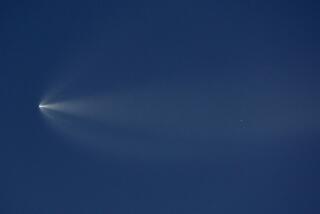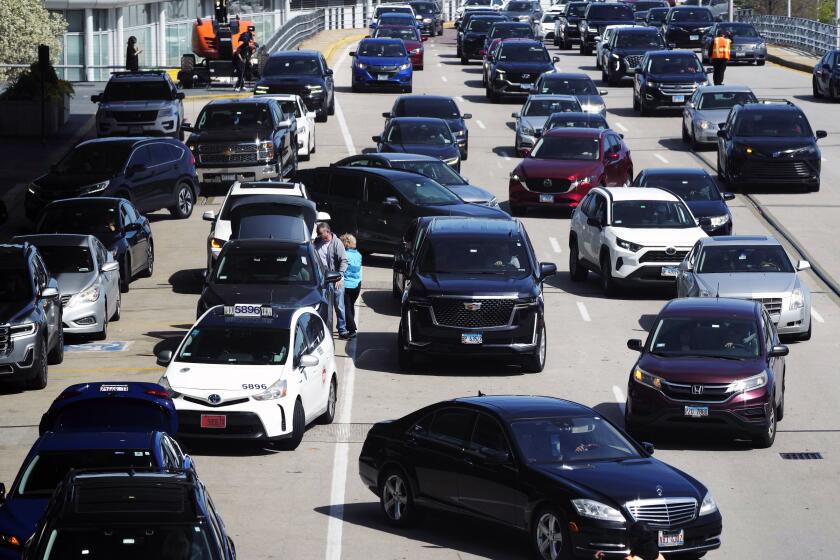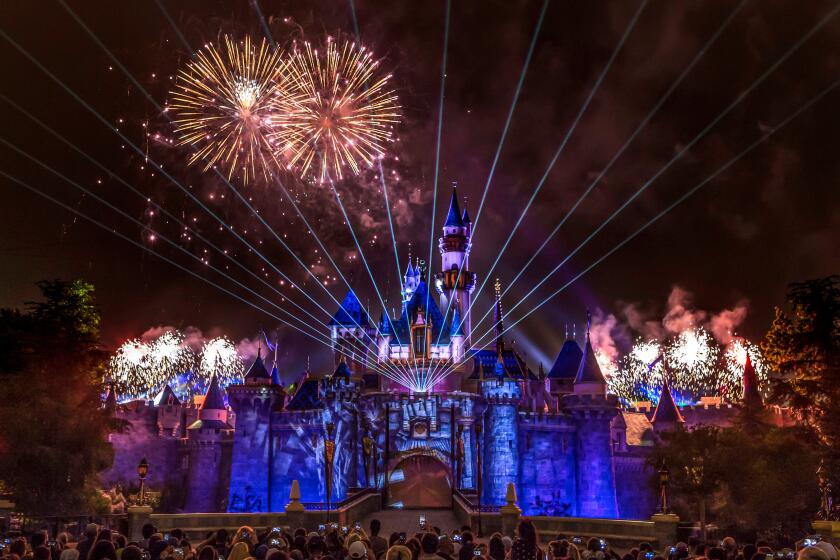Boeing Starliner launch delayed until at least May 17 due to faulty valve

An attempt to send Boeing’s Starliner capsule to the International Space Station won’t be made again until May 17 at the earliest after its scheduled launch was scrubbed Monday evening because of a malfunctioning valve on the rocket that will blast it into space.
The decision to delay the launch until at least next week was made Tuesday by NASA after it decided that an oxygen-relief valve on the Atlas V rocket’s Centaur second stage had to be replaced after it began rapidly opening and shutting prior to Monday’s launch.
A reliable workhorse, the rocket is made by the United Launch Alliance, a joint venture of Boeing and Lockheed Martin. After years of delays in Boeing’s Starliner program, the launch with two astronauts aboard is considered crucial.
NASA officials said that the crew was never in danger and that the launch might have proceeded if it were a satellite payload.
The decision to scrub the launch was made by NASA, Boeing and the United Launch Alliance — in yet another setback for the program.
Boeing’s new Starliner capsule was scheduled to blast off with a crew last summer, but a problem was discovered with its parachute system and the use of flammable tape in the craft, a mile of which was removed. That had been just the most recent of several delays prior to Monday.
This week’s flight plan called for NASA astronauts Barry Wilmore and Sunita Williams to spend a minimum of eight days testing the docked Starliner before returning to Earth as soon as May 15.
Boeing’s capsule is intended to provide NASA with a second U.S. vehicle to reach the space station — along with SpaceX’s Crew Dragon capsule. A prior unmanned Starliner test flight docked with the station in May 2022, but the first flight in 2019 failed to reach it.
The stakes are high for Boeing, which received a $4.2-billion contract from NASA in 2014 to service the International Space Station, while rival SpaceX of Hawthorne received a $2.6-billion contract to also provide the service — and has already sent eight crews to the station.
Boeing is counting on the success of the Starliner given the company’s tarnished reputation after two crashes of its 737 Max 8 jetliners and a door plug that blew out of a 737 Max 9 flight this year over Oregon on its way to Ontario International Airport. The company also had to absorb a reported $1.5 billion in Starliner cost overruns.
NASA selected the companies to provide it with American launch services after having to rely on the Russian program since the space shuttle program ended in 2011.







